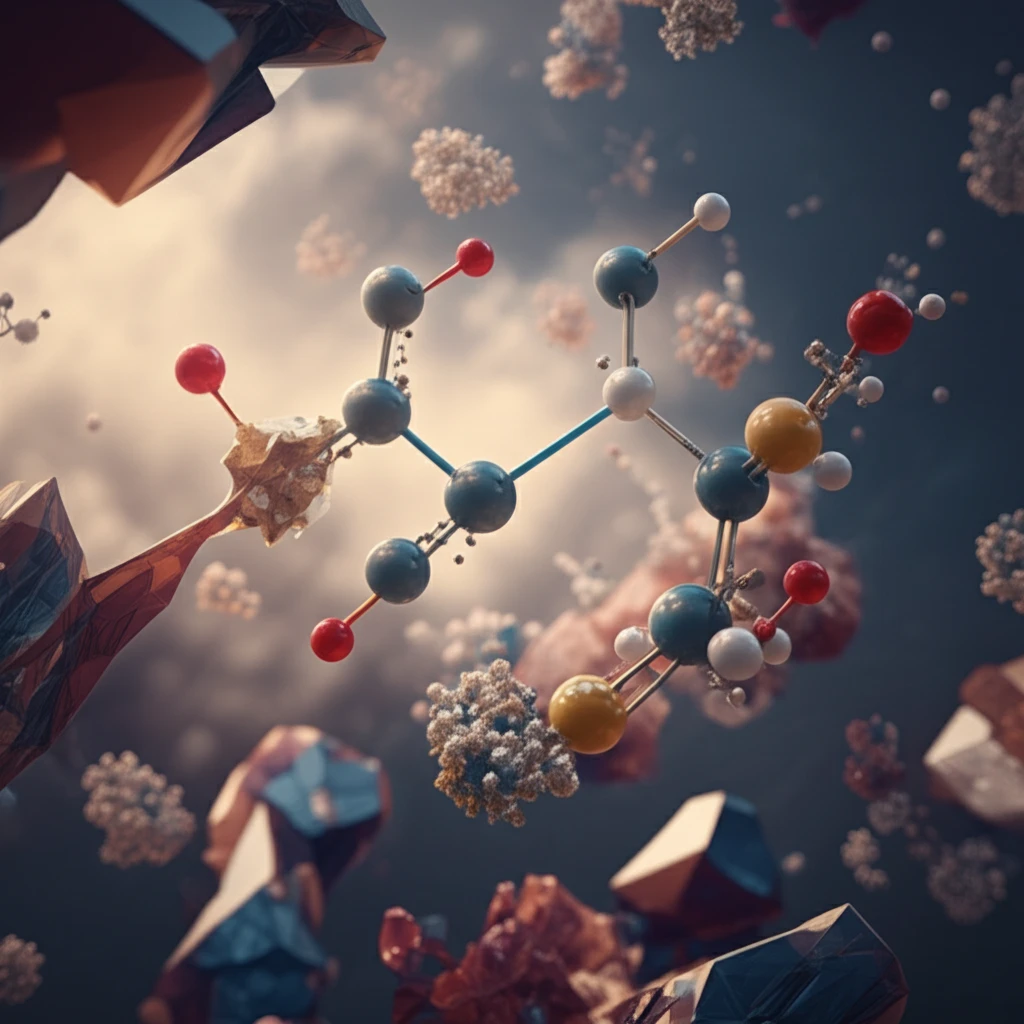
Unlock the Potential of Pyridine-3,4-diols: A Guide to Synthesis, Crystal Packing, and Palladium-Catalyzed Reactions
"Discover the versatile world of pyridine-3,4-diols, from their unique molecular structures to their applications in creating advanced materials and pharmaceuticals."
Pyridine scaffolds are fundamental components in numerous natural compounds and functional materials, capturing the interest of researchers and industries alike. Among these, pyridindiol derivatives stand out as crucial building blocks for creating dendritic nanostructures used in supramolecular chemistry. Additionally, N-protected pyridine-3,4-diols serve as potent chelating agents with significant applications in medicinal chemistry.
Perfluorinated heteroaromatic compounds, another class of interest, act as key synthetic intermediates in the development of innovative pharmaceuticals. Building on prior research involving alkoxyallenes, scientists are exploring trifluoromethyl-substituted pyridine derivatives to broaden the scope of their applications.
This article discusses innovative methods for deprotecting 3-alkoxypyridinols to produce pyridine-3,4-diols, examining the equilibrium between pyridindiols and their hydroxypyridinone tautomers in both solid states and solutions. It also explores the transformation of these compounds into bistriflate or bisnonaflate derivatives, followed by palladium-catalyzed coupling reactions to analyze their photophysical properties.
From Precursors to Products: Synthesizing Pyridine-3,4-diols

The synthesis of pyridine-3,4-diol derivatives begins with highly substituted trifluoromethyl-substituted 4-hydroxypyridine precursors. These precursors are derived in two steps from lithiated alkoxyallenes, nitriles, and carboxylic acids. Notably, the protecting group at C-3 of the pyridine core is incorporated with the alkoxyallene moiety, streamlining the synthesis.
- Hydrogenolysis: Uses palladium on charcoal to cleave benzyl-protected pyridines.
- Lewis Acids: Effective for cleaving methyl ethers.
- Brønsted Acids: Such as TFA, efficiently deprotect (2-trimethylsilyl)ethyl-protected pyridines.
Applications and Future Directions
The creation of bis(perfluoroalkanesulfonates) from pyridine-3,4-diols allows their use as substrates in palladium-catalyzed coupling reactions. These reactions extend π-systems, granting interesting photophysical properties. Biscoupled products emit light in the violet region and show similar Stokes shifts, opening possibilities for future research into their photophysical behaviors. Derivatives show potential as candidates for Bergman cyclizations, leading to isoquinoline derivatives, expanding their utility in synthesizing complex molecular architectures.
